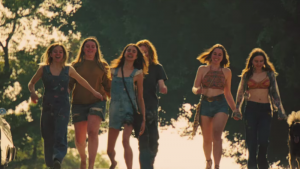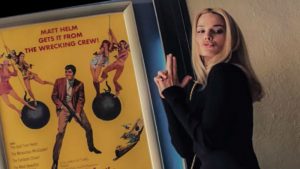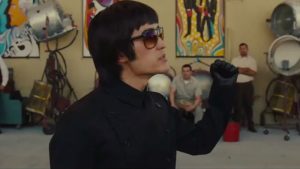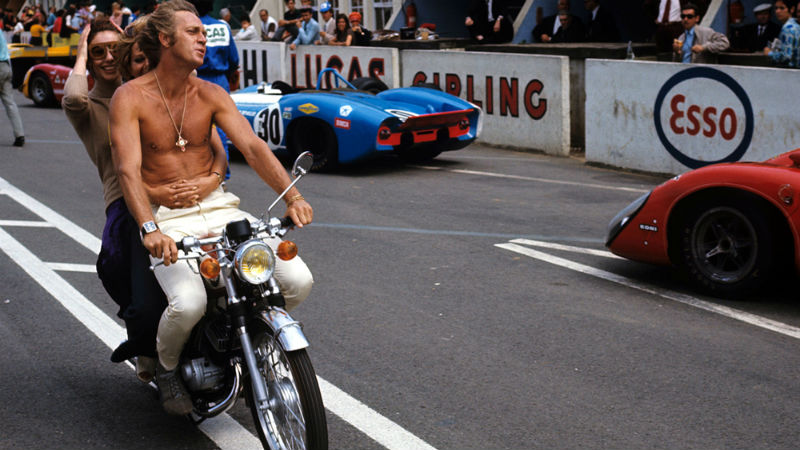There are countless films and books that delve into the horrors of WW2. Hannah Arendt’s seminal The Banality of Evil deals with the origin of evil. Just last year, at least two Cannes films took a very imaginative look at the subject: Jonathan Glazer’s The Zone of Interest and Steve McQueen’s Occupied City. The latter is based on the director’s wife Bianca Stigter’s Dutch-language book Atlas of an Occupied City, Amsterdam 1940-1945.
The Zone of Interest and Occupied City have something else in common: there is a dissonance between what is heard and what is seen on screen. In Glazer’s film, you hear the horrors that happened inside Auschwitz as the Hoess family lead their beautiful life undisturbed. McQueen does something similar, and rather remarkable for a documentary: we see the locations of the addresses mentioned in Stigter’s book as they are now (the film was shot between 2020 and 2022, during the Covid pandemic), while we hear the shocking wartime stories of the Jews, and how many of them succumbed to the atrocities. Melanie Hyams delivers the unemotional voice-over, in another unusual directorial choice.
First we see a hospital. Nazi clinicians have replaced Jewish doctors. They forcibly neuter Jewish women who happen to be in a mixed relationship (they wish to prevent the birth of “Half-Jews”). After the War, it becomes a Jewish hospital for concentration camp survivors. The building has since been demolished – as were many places mentioned in the book. The images show a newly-erected construction instead. A female Jewish doctor struts along the corridors, elegantly captured by Dutch cinematographer Lennert Hillege. Then we see a concert hall with the names of the Jewish composers (Mahler, Rubinstein, Mendelssohn, etc) concealed. The cover was promptly removed after the conflict. We also hear the story of a theatre with an all-Jewish cast: it became a hub where prisoners were held before being sent off to concentration camps. It is now a war memorial, with Led lighting displaying the victim names.
McQueen provides some facts and figures: the Netherlands attempted to stay neutral during the beginning of WW2 (like it did during WW1). Germans eventually occupied it, roughly at the same time as Belgium and Paris. Dutch Queen Wilhelmina and the government fled to London in exile. In 1940, approximately 800.000 people lived in Amsterdam, roughly the same as now. Ten per cent were Jews. The German occupiers considered the remaining 90% “Arians”, and wished to fully incorporate the small country into the German Empire. More than 170.000 Jews were removed from Amsterdam, and only 5.000 returned. About three quarters did not survive at all.
At one point, McQueen films a present-day anti-fascist protest on Dam Square, a major town square in the Dutch capital. The horrific ideals that should have died with WW2 remain very much alive. Recent events reveal that the fight is not over. Perhaps it’s never over. The bitch that bore him is in heat again. We also witness protests against global warming. This is a reminder that we have to battle on many fronts nowadays in order to vouch for our survival.
Steve McQueen’s first feature documentary is a very profound and long meditation on the passing of time, with a duration close to four and a half hours (including a 15 minute intermission). Stay away if you have the concentration span of a hummingbird. Otherwise open your eyes, prick up your ears, and enjoy the ride. This highly original, punch-in-the-face type of film provides useful insight into Nazi horrors, and it’s also a love letter to the city that the British director and his wife call home.
Occupied City is in cinemas across the UK on Friday, February 9th. On BFI Player and Curzon Home Cinema on Monday, March 18th.












